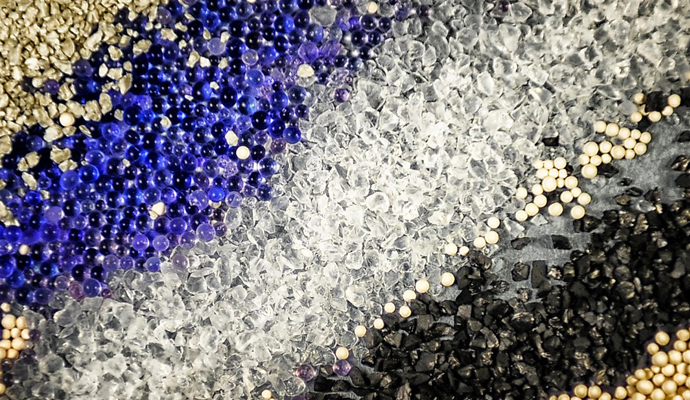Moisture and oxygen can affect the chemical or physical stability of pharmaceutical products. Due to moisture vapor transmission, tablets and capsules are exposed to moisture and oxygen that can permeate the package from the outside environment. Sensitive healthcare products often need active protection to adsorb these elements to ensure optimal shelf life.
HDPE bottle with desiccant cap
Although the incorporation of desiccants in packaging for moisture control is a long-established practice, desicants do have their limitations. Protection of bottles with large internal volume or with products that are very hydroscopic requires the use of multiple sachets or canisters. The consequence of additional absorption affects the size of the bottles for a fixed number of tablets. Larger bottles increase costs at every stage of logistics, from purchasing to packaging, shipping and space on the shelf. Further effects of the absorbents include the increase of moisture difference (internal vs external) and thus the penetration of more moisture into the bottle. With fast-absorbing desiccants, for protection during filling, insertion and inspection, it is necessary to ensure that the desiccant has the required capacity when the bottle is sealed. Another aspect is the liability that can derive from ingestion of the desiccant.
pharma bottle for tablets and capsules
There are multiple ways for moisture and oxygen to enter the inside of a plastic HDPE pharmaceutical bottle which can cause a drug to lose its efficiency before the end of its shelf life. Finding the right solution requires a system-based approach for each individual case. Desiccant packaging active and protective solutions including silica gel and molecular sieve as well as barrier bottles and oxygen scavengers enable the control of conditions inside drug packages.

desiccant
Depending on the storage conditions, a standard HDPE bottle will achieve equilibrium in moisture transfer after a period not much longer than two months. The addition of a desiccant will reduce humidity to zero for five months before it starts to increase, reaching equilibrium at eight months. This indicates that the moisture-absorption capacity of the desiccant has been reached at about six months. Consequently, a standard HDPE bottle/desiccant solution is often not suitable to extend shelf life to the desired period (two to five years), unless the quantity of desiccant is adapted accordingly. If desiccant is enclosed as well, shelf life is increased even more (by eight times).
PET bottle with desiccant cap
Xinfuda packaging solutions meet the US FDA requirements. A wide range of the packaging solutions are listed in Drug Master Files (DMF).
Copyright © Shijiazhuang Xinfuda Medical Packaging Co., Ltd. All Rights
MAKE AN ENQUIRY